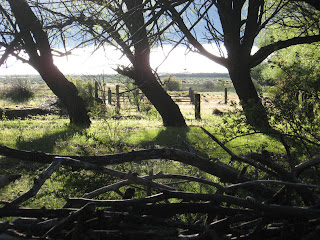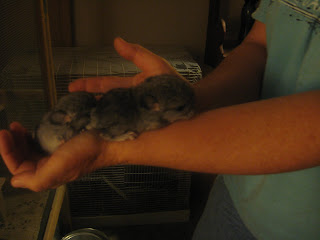
i have not been the blogger this year... maybe it's because it's year 7 and i've written about the same things year after year. maybe i am close to being done and am letting go. either way, things here have been very relaxed. we are catching what we can but not freaking out if we don't get everything. i am collecting poop but it probably won't come home with me but stay in a freezer in bariloche until some other trip.
this year is different in that there we are not finding very many pups this year. many colonies have only one or two and they are big. most systems have two adults but not more. we're not sure what happened... was it a harsh winter or early spring or...? still, we had some and the picture of me holding one is proof. meanwhile, back at berkeley, i have found out that we have 5 or 6 more females pregnant. it is a very prolific year in the lab... and more sample sizes for my sibling study!
next week, we wrap it up in bariloche and head to salta/jujuy/abra pampa... up to the 13,000 foot mountains in north central argentina, where we are studying another social tuco. it's a much different landscape with lightening storms nearly every night. pretty cool! hopefully, i'll get a chance to catch up again when we're in mendoza.































